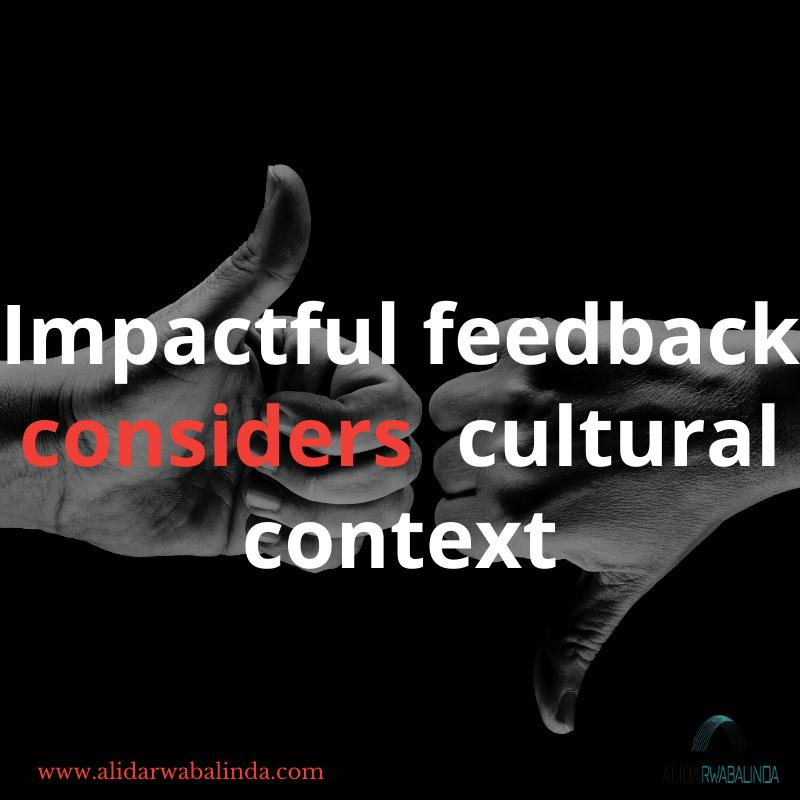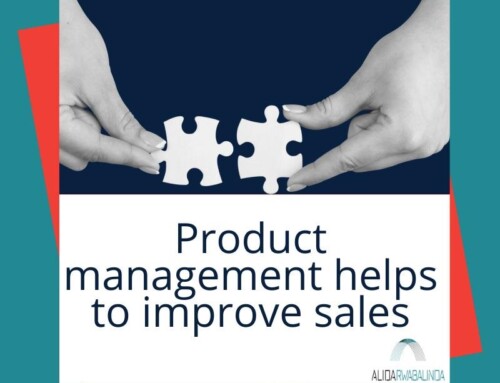How do you deal with feedback?
As the world becomes a global village
More and more people are collaborating virtually
With team located in other countries
Naturally, this means that you have to deal with cultural differences
So when it comes to soliciting or providing feedback, that can complicate the dynamics
But you can make it less awkward and avoid it being a deal breaker by being mindful to follow some of these best practices:
- Expand your understanding of other people’s cultures
- Pay attention to contextual information and nonverbal cues
- Demonstrate self-control in the interactions to establish a productive working relationship
- Use open-ended questions to probe for real opinions
- Be comfortable with silence, as it is not always a negative response
Keep these in your back pocket and you will avoid so many offensive and regrettable moments
Because feedback is very helpful for self-improvement
But it can be detrimental when provided without the cultural context
What else has worked for you?
Use a product roadmap, to help you plan where you are going, to drive agile
- Have a plan
- Define what success looks like
- What are we focusing on vs not focusing on
- Agile doesn’t mean no planning
- Manage to outcome and not outputs
Shifting from outputs to outcomes
- Test and experiment and try
- Understand the difference b/n output vs an outcome
- What does success look like?
- Focus on the outcome, then design the solution from there
- Iterate until you get to the outcome
How to align the roadmap with agile?
WHY – why are we building the product? Why are you working on this?
WHAT – what outcomes do we hope to drive as a result of the product?
HOW – bridge the gap between high level strategy and what you are building: NOW(2 weeks), NEXT (next 2 months), LATER….Is this really what we should be building?
Disclaimer – this is a strategic communication document, not a commitment…this is a living document
Don’t dictate solutions
How to build a roadmap?
- Have some sort of a checkpoint
- The team should know the strategy of the product (not the backlog)
- Consistently use and reference to keep everyone on the same page
- Ideally, everyone can provide inputs, ask questions
- Product manager coordinates with the lead designer, lead developer, executive sponsor and other key stakeholders…essentially everyone who will need to approve it
Common Mistakes to avoid:
- Too much detail – 1 to 2 page document. Additional info should go to an appendix
- Not clearly defining priorities… Lack of discipline with strategic planning
- Focusing on solutions and not on problems…it becomes a project plan
Good Roadmap Qualities:
- Having an engaged team…everyone feels like they know what’s going on and what my part is. Even if people are not taking my ideas, I know where it stands
- A leadership team that’s focused, know what’s important and know how to feedback that into the documentation
Summary:
- Frustration & Friction on teams: sustained friction leads to burnouts
- Start to ask questions…why does this product exist? I want to make sure I am aligned…is this right?
- Change the mindset





